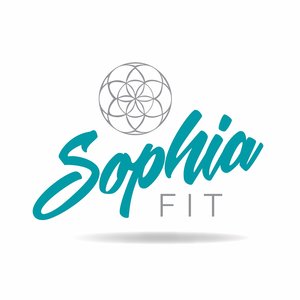People who don’t know me assume that I train for endless hours a day. In truth I am a single mum who spends most of her time juggle kids, teaching classes and sitting in front of a computer writing. I write for health and fitness magazines and I write personalized plans for people who want to look, feel and perform better. So I don’t workout all day, every day. I can’t. Over the years I have figure out what works for my body, but as a trainer and a coach i have learned a lot about what works for women bodies too.
The key to staying in shape is to train right and eat right. But not only that, its about managing stress and sleeping right too. Optimal health is like baking a cake. You need to factor in everything (all the ingredients) to get the right recipe to make the perfect cake. If one of the ingredients is not right, such as not enough sleep, or not the right amount of food at the right time, then the cake won't turn out right.
The first step is to start listening to your body, so ditch those calorie counters and start actually tuning in to your body. The body is the most amazing machine that is constantly telling you want it need for optimal health. If you are hungry then eat. Stop eating when you are feeling full, no matter how much food is left on your plate. If you are tired, rest. Take note of the difference between true fatigue and laziness. Take note of how you feel after eating certain foods? Do you feel bloated and lethargic? Or do you feel energized and full of vitality?
Tuning in is the 1st step but if anyone would like a little extra guidance feel free to check out my personal plans here or email me at sophia@sophiaFIT.com and I can email you the plan outlines.
















